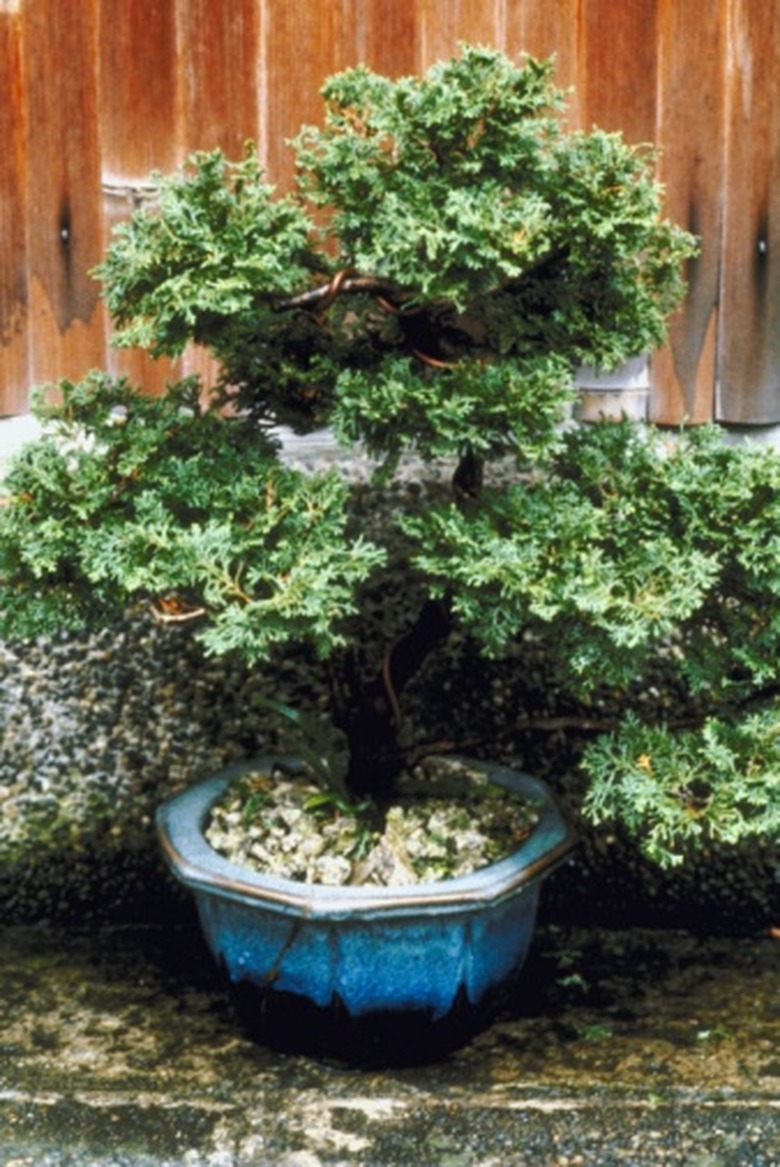How & When To Prune A Ming Aralia
The Ming aralia (Polyscias fruticosa), native to the Pacific Islands and Southeast Asia, is an exotic plant with luxuriant foliage; its genus name, Polyscias, means "many shaded." It is popular as an indoor plant because its thick canopy of slender leaves give a room an oriental look, and it is a favorite bonsai plant.
Pruning Basics
Pruning Basics
Ming aralia grows vertically rather than to the side, so you will ordinarily prune it to make it grow shorter. When you prune it to keep it from growing taller, the plant will grow more thickly. If you live in an area that does not go below 50 degrees F, you can grow your plant outdoors. To cause minimum harm to your Ming aralia, prune it in cooler months when it grows more slowly.
Pruning Branches
Pruning Branches
If you trim the tips of the branches, the joints of the trimmed branches will be closer together than if you allowed the branches to grow longer and higher. The plant will grow more stems from these joints. The shortened stems will grow in a zig-zag pattern and that will produce more leaves. The result will be a thick, attractive canopy of leaves. Pinch new growth to encourage branching.
Controlling Vertical Growth
Controlling Vertical Growth
By nature, Ming aralia wants to grow up, not out. Prune vertical branches to keep your plant from growing taller. You can prune Ming aralia to grow in 6- and 8-inch pots for the tops of tables or to accent a reception counter. If you grow a Ming aralia in a 10- to 14-inch pot, it can grow from 3 to 4 feet tall as a bush or 5 to 6 feet tall as a cane. If you plant it in a 17- to 21-inch pot it can grow from 7 to 12 feet tall, making a stunning centerpiece for a room.
Pruning as Bonsai
Pruning as Bonsai
If you grow Ming aralia as bonsai, prune to shape it instead of wiring it. Its branches are too soft to wire. When a shoot grows four or five leaves, cut them back to two leaves. Prune the inner branches to achieve a plant that looks more like a tree. To grow a wider, more substantial single trunk, prune suckers from the trunk as they appear. Prune leaves to give your plant a more open, less crowded look. As your bonsai gets older, the lower branches will die, leaving the plant with a gnarled, bumpy trunk that has a corky, ashen tan surface.
